American States Join Forces to Promote Electric Trucking

A bundle of U.S. states and the District of Columbia unveiled a joint memorandum of understanding on Tuesday targeting the proliferation of medium and heavy-duty electric vehicles.
News of the agreement comes less than a month after the California Air Resources Board (CARB) showed off a policy that would legally obligate manufacturers to sell an increasing number of zero-emission vehicles (ZEVs) from 2024 onward. That plan aims to basically eliminate diesel-powered semis by 2045, though the new memorandum has its sights set on 2050.
Problems abound for environmentalists, however.
In addition to nearly every automotive engineer telling us that the scalability of batteries happens to be highly limited with present-day technologies, there’s little to no infrastructure in place to facilitate long-haul EVs. Most diesel-driven rigs can average over 1,000 miles between stops before even thinking about having to refuel. Their electric equivalents won’t be able to manage anywhere near that without devoting a substantial amount of their overall mass to energy storage. Meanwhile, there would also need to be a national charging infrastructure established catering specifically to large delivery vehicles — something that would undoubtedly require the bolstering of our energy grid (and teaching it a few new tricks).
Without it, these trucks would be dead in the water while homes/businesses suffer rolling blackouts. With it, they’ll simply be forced to take prolonged breaks as they draw energy from the nearest power station at carefully planned periods. But time is money in the trucking world, likely requiring a major technological breakthrough in energy storage. Critics of EV trucking have already expressed concerns regarding the presumably high costs of owning an zero-emissions rig. Some claim they wouldn’t even be all that ecologically sound unless the nation swaps to costly renewable energy or atomic power.
Tesla has promised a maximum range of around 500 miles on its forthcoming electric semi. When depleted of energy, the vehicle is also promised to recoup around 400 of those miles within 30 minutes via a dedicated fast charger. These are some of the most ambitious metrics we’ve seen. But they haven’t stopped it from taking criticism.
“The battery for a Tesla Semi must have a capacity of about 1,000 kWh per 100 kilometers, about 130 kWh,” Markus Lienkamp, the chair of automotive engineering at the Technical University of Munich, told Business Insider back in 2019. “This is technically not easily feasible, and it’s also pointless both economically and ecologically.”A few manufacturers have told us that Tesla’s model is so impressive that they actually don’t believe it’s possible, bringing us back into needing battery technology to level up. But the big issue remains how much energy this will draw from the grid on a regular basis. This is general problem the world will have to confront as more EVs enter the market. Yet high capacity delivery vehicles will be a game changer. Tesla’s semi needs 1 megawatt-hour of electricity for a single charge — which is about a tenth of the energy the average U.S. home uses per year. In Europe, it’d be about one-third of the average residence’s energy consumption.
Many remain bullish on the technology, though, and seem absolutely convinced that a solution is right around the corner. For what its worth, the memorandum seems to take the bigger picture into account. The states that signed onto it (California, Colorado, Connecticut, Massachusetts, Hawaii, New Jersey, New York, North Carolina, Oregon, Pennsylvania, Washington and Vermont) want to open with a clear assessment of the situation.
From Reuters:
The states committed to developing a plan within six months to identify barriers and propose solutions to support widespread electrification, including potential financial incentives and ways to boost EV infrastructure. Trucks and buses represent 4 percent of U.S. vehicles, but account for nearly 25 percent of greenhouse gas emissions from the transportation.
California’s mandate will put an estimated 300,000 zero-emission trucks on the road by 2035. California’s planned rules will initially require 5-9 percent ZEVs based on class, rising to 30-50 percent by 2030 and nearly all by 2045.
But many are excited by the concept. Large companies reliant on delivery services, Amazon for example, love the idea of having to pay for less gas. EVs are also assumed to need less maintenance over the years, potentially making them cheaper to own than diesels over a longer time frame.
An increasing number of automakers are also starting to dabble in the field to see what it might take to make all-electric vehicles work for big business. While we’re curious to see what they come up with, we’ve tempered our own expectations with a healthy dose of reality. The first batch likely won’t be anything more than a proof of concept that will heavily influence when/if the second group arrives.
[Image: Nikola]

A staunch consumer advocate tracking industry trends and regulation. Before joining TTAC, Matt spent a decade working for marketing and research firms based in NYC. Clients included several of the world’s largest automakers, global tire brands, and aftermarket part suppliers. Dissatisfied with the corporate world and resentful of having to wear suits everyday, he pivoted to writing about cars. Since then, that man has become an ardent supporter of the right-to-repair movement, been interviewed on the auto industry by national radio broadcasts, driven more rental cars than anyone ever should, participated in amateur rallying events, and received the requisite minimum training as sanctioned by the SCCA. Handy with a wrench, Matt grew up surrounded by Detroit auto workers and managed to get a pizza delivery job before he was legally eligible. He later found himself driving box trucks through Manhattan, guaranteeing future sympathy for actual truckers. He continues to conduct research pertaining to the automotive sector as an independent contractor and has since moved back to his native Michigan, closer to where the cars are born. A contrarian, Matt claims to prefer understeer — stating that front and all-wheel drive vehicles cater best to his driving style.
More by Matt Posky
Latest Car Reviews
Read moreLatest Product Reviews
Read moreRecent Comments
- Probert They already have hybrids, but these won't ever be them as they are built on the modular E-GMP skateboard.
- Justin You guys still looking for that sportbak? I just saw one on the Facebook marketplace in Arizona
- 28-Cars-Later I cannot remember what happens now, but there are whiteblocks in this period which develop a "tick" like sound which indicates they are toast (maybe head gasket?). Ten or so years ago I looked at an '03 or '04 S60 (I forget why) and I brought my Volvo indy along to tell me if it was worth my time - it ticked and that's when I learned this. This XC90 is probably worth about $300 as it sits, not kidding, and it will cost you conservatively $2500 for an engine swap (all the ones I see on car-part.com have north of 130K miles starting at $1,100 and that's not including freight to a shop, shop labor, other internals to do such as timing belt while engine out etc).
- 28-Cars-Later Ford reported it lost $132,000 for each of its 10,000 electric vehicles sold in the first quarter of 2024, according to CNN. The sales were down 20 percent from the first quarter of 2023 and would “drag down earnings for the company overall.”The losses include “hundreds of millions being spent on research and development of the next generation of EVs for Ford. Those investments are years away from paying off.” [if they ever are recouped] Ford is the only major carmaker breaking out EV numbers by themselves. But other marques likely suffer similar losses. https://www.zerohedge.com/political/fords-120000-loss-vehicle-shows-california-ev-goals-are-impossible Given these facts, how did Tesla ever produce anything in volume let alone profit?
- AZFelix Let's forego all of this dilly-dallying with autonomous cars and cut right to the chase and the only real solution.



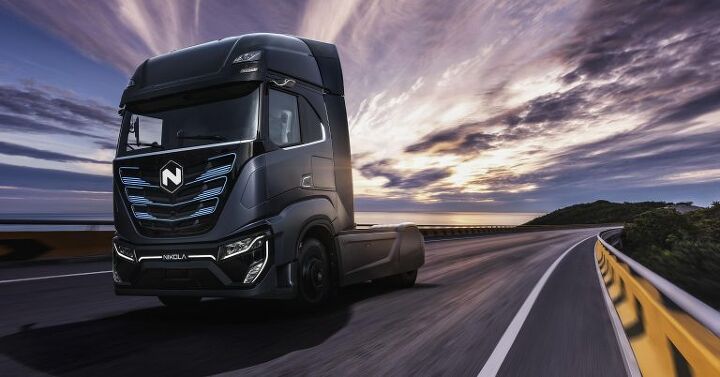















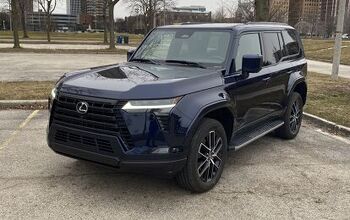
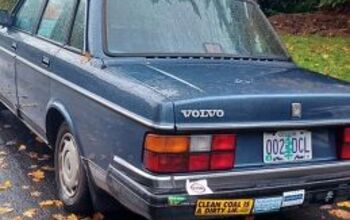
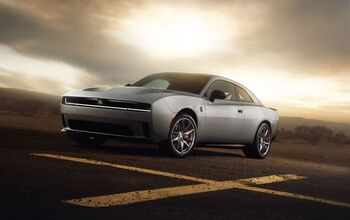

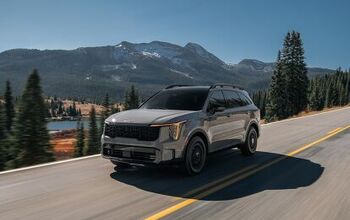


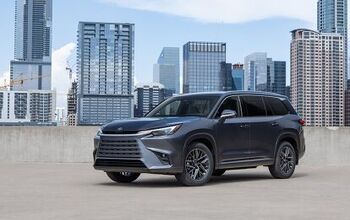
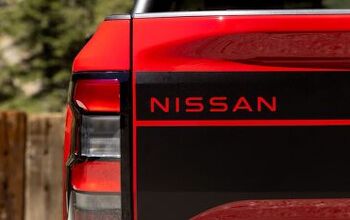

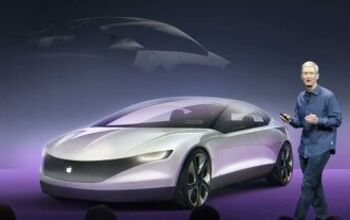
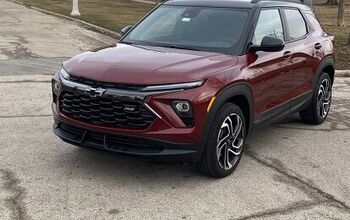

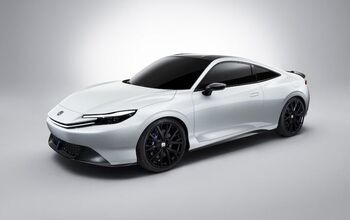

Comments
Join the conversation
I just don't understand the skepticism. CA's rulers have had such great success w/ high speed rail, making CA the HSR leader of the world. Thank those rulers because if they hadn't lied to the dopes the initiative would never would have passed . And if not for the profound corruption of CA Courts the whole great high speed rail success would have been aborted because every major tenet of the initiative has been violated. CA's rulers know what they're doing and the whole world watches in wonder.
Since said American States are quickly descending into utter chaos and we are approaching Mad Max inspired world of gasoline wars I consider it to be a smart move to switch to electric trucks exclusively.